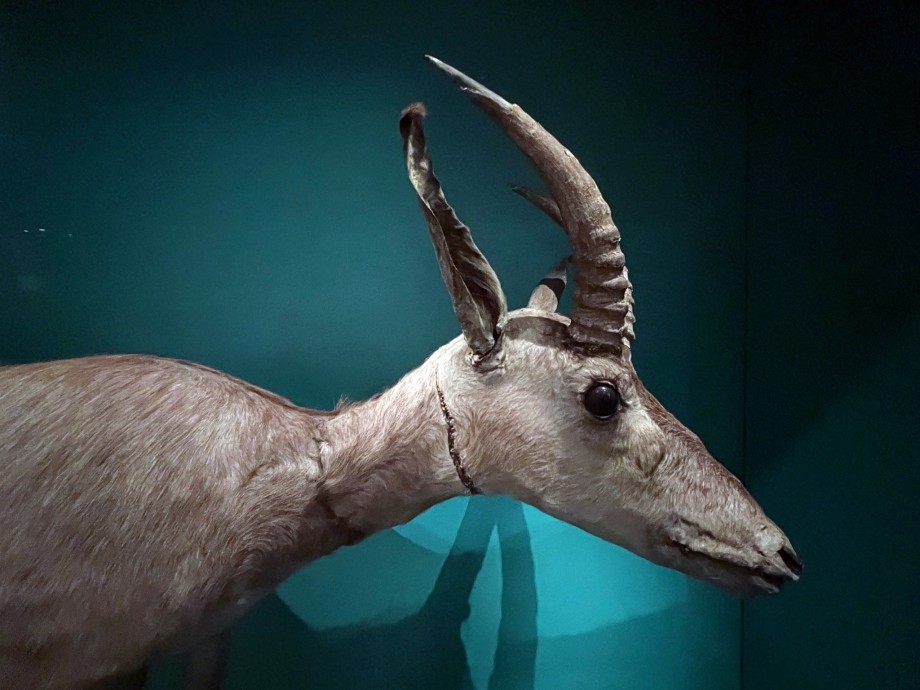A new collaborative project on extinction histories has been selected for funding by The Research Council of Norway and the National Research Foundation of South Africa.

A new collaborative project on extinction histories has been selected for funding by The Research Council of Norway and the National Research Foundation of South Africa.
The project Human-Environment-Animal Relations in Deep Time (HEART) examines the long history of human relations with extinct wildlife in South Africa.
HEART brings together specialists in environmental history with artists, biologists and museum curators to pioneer new modes of environmental storytelling. The project investigates how to tell stories with long timeframes about humans and animals, how to facilitate digital repatriation of natural history specimens, and how to engage the public with extinction stories.
It is a collaborative project led by The Greenhouse Center for Environmental Humanities at the University of Stavanger with partners at two universities in South Africa (Stellenbosch University and University of Fort Hare) and four non-profit organizations (Stavanger Art Museum, Swedish Museum of Natural History, Quagga Project, and Robertson Museum in South Africa).
“Extinction is one of our major environmental challenges... everyone can engage with extinct animals through their remains or traces that exist within museum collections.
“Extinction is one of our major environmental challenges,” says Professor Dolly Jørgensen, who is leading HEART and is co-director of The Greenhouse at University of Stavanger. “Extinction might be thought of as something very distant from the average person’s experience, yet everyone can engage with extinct animals through their remains or traces that exist within museum collections.”
Extinction since 1500 has been driven in large part by European colonization of biodiverse-rich lands outside of Europe. South Africa is a good case study for colonial-induced extinction.
“History in Africa is a multi-species and more-than-human story of the continent,” emphasised Professor Sandra Swart of Stellenbosch University who is leading the South African part of the project and specializes in animal history. “A neglected part of African animal studies is its material heritage. There are intensifying calls for return of artefacts, with European museums under mounting pressure to return the irreplaceable physical relics of the past.”
HEART will co-curate an exhibition at the Robertson Museum in Robertson, South Africa, to bring to life digital models of extinct South African animals created from specimens held at the Swedish Museum of Natural History in Stockholm. The exhibition will also highlight the deextinction work of the Quagga Project in South Africa and extinction art curated by the Stavanger Art Museum.
This funding shows that The Greenhouse at UiS continues to be a world-leading research group in environmental humanities.
Dean of the Faculty of Arts and Education Odd Magne Bakke is happy to host the project. “This funding shows that The Greenhouse at UiS continues to be a world-leading research group in environmental humanities. It is important that humanities research is also part of green transitions work.”